Ranking up is man’s way of moving up in the world. From getting to a higher rank in a martial art to a higher position in the military, going from Junior to Senior at work and even advancing to higher grades at schools as early as 1785, it is a universal concept that has been around forever.
Your rank denotes where you stand compared to your kinsmen and how well you’ve performed, while also giving you insight in how to improve and setting a higher goal for your future endeavours. Games as a whole have held score since the first board games, with players trying to beat each other in the least amount of moves possible. This transferred to videogames, only to become more complex in its score-boarding as technology advanced and allowed for more creative scoring systems.
It was in 1989 that games like Golden Axe (ゴールデンアックス, Gooruden Akkusu) started using a letter-based grade scoring system. Aside from holding a tally of points, the player would be given a letter based grade at the end based on how he performed. This gave players an even clearer goal to strive towards in arcades, promoting replayability while also emptying more pockets.
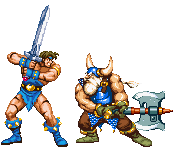
Let the rank decide!
Ever since then, ranking systems have been present throughout gaming, yet it is a mechanic that isn’t often analyzed beyond the bare basics or otherwise highly scientific; and neither focuses purely on Action games. So with our sights set mostly on the Action Hack and Slash genre: how do ranking systems operate, what kinds are there, how do they differ from point systems and what exactly makes a good ranking system?
During this article we’ll assume the player will be aiming for the highest grade possible.
Difference Between
Points and Letters
In our article on Ninja Gaiden we shortly went over the differences between point- and letter based scoring systems:
“A regular scoring system means the player can always improve his score, allowing for more replayability and optimization. But by having these scores be visible on a leaderboard, even if you are in the top percentile of players, you will probably be around 10.000th place. A strong achievement but one that can also be very demoralizing. A letter has a clear goal for the player to reach each chapter, but once obtained one cannot go higher.”
Even point systems have a limit though. Pac-Man is famous for being one of the first games to have an active community around getting the highest score, which eventually found out there was a maximum amount of points: 3,333,360. Instead, the goal then shifted to who could reach this amount the fastest, a form of speedrunning.
One core difference between point-based systems and graded ranks lies in the clarity of communication. Score 1,000 points on your first run at Pac-Man, and a newcomer has no clue how he’s performing and where to set his goal next. Meanwhile, scoring a C rank in Golden Axe paints a clear picture and a goal. You’re not that great yet and the goal is to achieve B rank.
Scoring Systems Analyzed
For this article we’ll split the ranking systems into three distinct categories:
Strict
Set goals that all have to be completed for the maximum rank, with little way to deviate from the desired playstyle. Often forces players to play a very specific way. These systems tend to be the best fit for games that have a more focused combat system with less emphasis on creativity and style, but more on efficiency.
Versatile
A ranking system with set goals that lead to the highest rank, but thanks to other modifiers and bonuses allows for a more personalized playstyle. As a result the ranks in this system tend to be easier to obtain as there are more options and less strict demands. Tends to fit best with games that have multiple playstyles available.
Open
Doesn’t have clear goals or milestones, but simply gives the player insight into their performance and lets them be the judge. Will openly taunt high level players into new and exciting playthroughs, while not fazing casual players. Only really appeals to the uppermost echelon of players, with the rest missing that shiny goal to aim towards.
With that set, let’s start by looking at a popular ranking system, that of Devil May Cry 3: Dante’s Awakening, to get a feel for scoring systems and their effects on gameplay and playstyle. As Dante you are constantly graded for your ‘style’, a metric that, simply put, rewards using differing moves. Upon completion of a mission you’re then graded on five categories:
| Time | Orbs Collected | Style | Items Used | Damage Taken |
To get the highest rank you’ll need to get an AASSS rank at the very least, which – despite what it spells out – means you’re pretty good at the game. Go deeper though and players will find that the game has a secret rank, SS, which is gained when the stage is completed with an S across the board, leaving no room for mistakes. When asked, game director Hideki Kamiya – of Devil May Cry 1, Bayonetta and Wonderful 101 fame – noted that the standards which you need to reach for these ranks tend to be set based on extensive playtesting with skilled gamers. Aiming for the highest rank in Devil May Cry 3 asks you to aim for the perfect scores held to those standards.
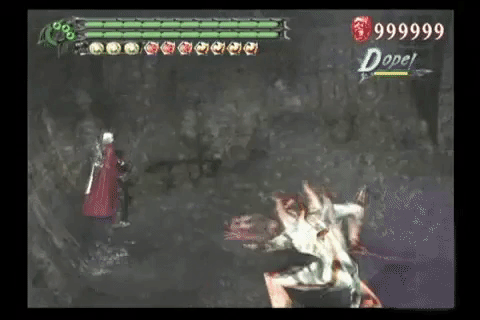
This forces players to make choices and play in a very specific way. Take the third mission on Dante Must Die difficulty. To get enough Orbs you’ll have to focus on killing enemies with your style meter maxed as this gives more Orbs, while also doing a stage that is typically done in around 11 minutes, in only 8.
What was once a Dante styling on his foes with all his abilities, slowly turns into one that focuses on moves that build the most style-meter in the shortest amount of time. A player that once did all fights, now skips those he doesn’t need for the Orb and Style Points total, since he’s on the clock.
The timer has the biggest hand in changing the playstyle of an SS-rank player compared to regular play, aided slightly by the higher orb requirements. It forces players down a very singular playstyle and behavior that lies opposite to what the designers might have originally intended, such as excessive use of Royal Guard canceled Spiral shots. Instead of promoting experimentation, it can narrow the thinking process.
For some games this strict focus can be good though, and promote the playstyle the designers did intend. In 忍Shinobi for the Playstation 2 the player gets more powerful with each kill he makes in a chain. Go without killing for more than 5 seconds and this ‘Tate’ chain resets. As a result, the game scores you at the end of the mission based on:
| Kill% | The amount of enemies killed as a percentage |
| Tate Points | Increases if you resolved enemy encounters in single Tate kill chains |
| Boss Points | You get more points the less hits you needed to kill a boss, the maximum is given when killed in a single blow with smart Tate usage |
| Makimono | How many Makimono Scrolls you have remaining |
| No Damage | Gives a point bonus if you didn’t take damage |
Like Devil May Cry 3, 忍Shinobi has a standard set for each stage on how many points you need in order to obtain that much desired S-rank. The system urges players to play fast for high Tate Points, not skip fights, not use the Makimono Ninpo Scrolls for an easy victory and kill the stage boss in a single strike, allowing players some brevity in those categories if they don’t get hit: exactly the playstyle that 忍Shinobi is built for.
This style of STRICT ranking can really drive a community into a certain playstyle. A title like Killer is Dead could have had a focus on stylish juggles and long ranged combat, but because its ranking system favoured a more efficient playstyle, so did the players. Meanwhile Resident Evil 2 (2019) sees a big speedrunning push within its community, due in part to its ranking system solely scoring on speed and savecount.
But ranking systems can at times also offer a way to customize your playstyle a bit and still come out on top. Looking back at 忍Shinobi’s ranking system we did note the No Damage bonus which adds some leeway in its Strict Ranking system. Here are some examples of an S-rank in its 1-A stage. To get an S-rank here, the player needs to get at least a total of 45.000 points.
| Player | LuLu | Raeng | Johan |
| Kills | 15.000 | 15.000 | 8.850 |
| Tate | 6.000 | 5.930 | 5.000 |
| Boss | 20.000 | 20.000 | 20.000 |
| Makimono | 6.000 | 6.000 | 2.000 |
| Damage | 10.000 | 0 | 10.000 |
| TOTAL | 57.000 | 46.930 | 45.850 |
| RANK | | | |
The first playthrough by LuLu can be considered a perfect run, as she killed every enemy, got a good score of Tate points, killed the boss in a single stroke, didn’t use Ninpo and didn’t take damage to top it all off. Raeng on the other hand took a hit somewhere but because he still performed great otherwise, the S-rank is his. It is the third run by Johan is where things get interesting though. He barely killed half of the enemies, got less Tate points as a result and even used two Ninpo scrolls, yet because he didn’t take any damage the S-rank was still his.
Interesting. Now, let’s take a look at a more modern title: Metal Gear Rising Revengeance. Per fight you’re ranked on five categories, and at the end of the stage an average of the grades gotten is calculated. The only change being that to get an S for the stage, all fights must be an S rank. So get an ASSSSSSSSSS rank, and you’ll indeed live up to name. At a quick glance, what it offers seems similar to Devil May Cry 3.
The categories you’re ranked on are:
Battle Points are given for cutting of limbs, doing long combos and other minor things. Zandatsu is the cinematic kill you get for cutting a foe open and grabbing his cell for a full heal, often requiring you to weaken a foe first.
To get an S-rank you need 5000 points and each category has a maximum of 1000 points to offer. So if you get a maximum on all, you’re golden. This may seem very strict, but Raiden has a trick up his sleeve. Namely the bonus points that are awarded if you did the fight without taking damage, and another bonus if you didn’t kill anyone: both worth 2000 points.
Thanks to these two bonuses the game’s ranking system now opens up more and players can play around with Revengeance’s combat offerings. Having trouble reaching the time limit? Then focus on not getting hit to compensate for your lower points in Time.
| Player | LuLu | Raeng | Johan | Alittan |
| Time | 500 | 750 | 0 | 1.000 |
| Combo | 1.000 | 750 | 500 | 1.000 |
| Battle Points | 1.000 | 500 | 500 | 1.000 |
| Zandatsu | 0 | 500 | 0 | 1.000 |
| Enemies Killed | 500 | 1.000 | 0 | 1.000 |
| Pacifist Bonus | 2.000 | 0 | 2.000 | 0 |
| No Damage Bonus | 0 | 2.000 | 2.000 | 0 |
| TOTAL | 5.000 | 5.500 | 5.000 | 5.000 |
| RANK | | | | |
In the above example LuLu killed the mechanical foes and spared the humans – instead letting them retreat after removing a limb or using the wooden sword. Meanwhile Raeng wasn’t that great at the game, his Time, BP- and Combo count are low, but because he played it safe, which he prefers, he got through!
The same counts for Johan who didn’t kill anyone and didn’t get hit, and as a result could take his time and not really care about combos. Meanwhile Alittan’s run is very typical, just a solid run where he reached all the standards set by the designers, but he didn’t play perfect as seen with his no-damage bonus not being reached.
All four playthroughs had wildly different scores and playstyles, yet all got the S-rank. This allows players to play how they want, each using the game’s mechanics in different ways and still get a high score, instead of going down a single route.
A similar example can be found in Resident Evil 3, where the player is graded at the end of the game. This title gives you points based on how many times you’ve saved, how many percent of your health you healed and how quickly you beat the game. Click the collapsable below to see how many points a player gets per category.
To get the game’s highest rank you’ll need at least 270 points. While the ranking seems strict, asking high level gameplay of the player, it also gives some leeway in playstyle.
| Player | Amount of Saves | Healing Done | Time | Points | Rank |
| LuLu | 0 | 750 | 1:20 | 300 | |
| Alittan | 1 | 950 | 2:30 | 270 | |
| Johan | 0 | 750 | 3:00 | 270 | |
| Raeng | 3 | 750 | 2:20 | 270 | |
| Nalro | 1 | 850 | 2:40 | 270 | |
LuLu once again played perfect and scored the highest possible score of 300 points. Meanwhile Johan took his time, taking nearly a half hour longer to beat the game, but to compensate he didn’t save and barely healed. Raeng consequently was quite the coward (as always) saving 3 times, and as such had to hurry and not take too much damage.
Now most of these examples use the No Damage tag to give players some leeway in their ranking system, but there are other methods. Enter Urban Reign, a 2005 cult classic by Namco for the Playstation 2. In Urban Reign you duke it out in short missions, some lasting less than 20 seconds, using a plethora of characters with differing stats and fighting styles. The twist is that Urban Reign sees you team up with an AI Partner.
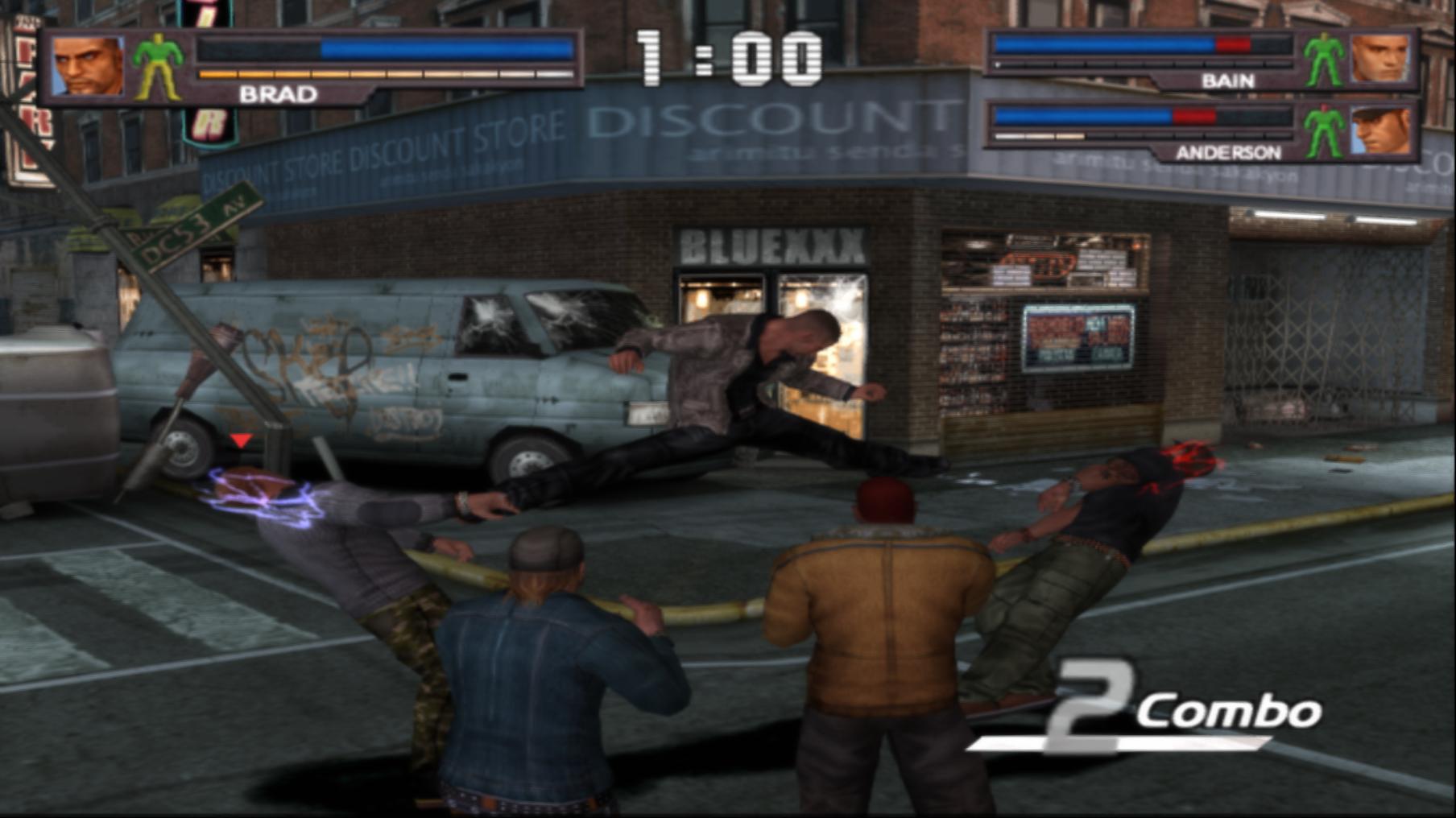
Once you clear a mission you’ll be graded on numerous milestones, the difference here being that these points are then multiplied based on certain achievements – making the scoring system a lot more complicated than the ones mentioned before. The difficulty mode gives the biggest multiplier, making S-ranks on Very Easy nearly impossible with its x0.75 modifier, but the biggest impact is the Fighter Modifier.
Each character in Urban Reign has a rank denoted in stars. A five star character like Brad Hawk gives a x1.00 modifier, while street fighter Nas-Tiii with his single star gives a x1.40 modifier. Lower star characters have lower stats, weaker moves and sometimes more lackluster movesets, but as a result reward players with a higher score. Moreover, if you’re feeling confident, you can go in without a partner, resulting in an immediate x1.50 Fighter Modifier no matter the star level of your character. This is the beauty of the ranking system of Urban Reign, as it opens a lot of options for an S-rank.

Players can fight on the easiest difficulty with two of the hardest to use characters and play perfectly. They can go in with solo on the hardest setting and not use items. Or they can play slightly slower, but compensate with a higher combo since the points don’t cap out very fast, and many other options. The danger of a system like this though is that it can get very complicated, making it less clear to the player how to improve if he’s actually playing well until he sees the final results.
Urban Reign’s ranking system, just like that of Resident Evil 3 and Metal Gear Rising: Revengeance could be considered very VERSATILE, allowing for player creativity and multiple play-styles, while at the same time also giving players who are stuck on gaining their S-rank a way to play to their strengths.
A danger of Versatile systems is that they can downplay the value of the S-rank, since due to the creative nature more people can get them. Yet, as noted before, when the highest score becomes the norm, new challenges will be found. Resident Evil 3 saw 300 point S-ranks become the standard, sometimes with additional handicaps, while Metal Gear Rising players strived for the self titled “Big Boss” run which demanded full 5.000 points with No damage, no kills and no upgrades used.
There are always players that seek to improve, no matter what rank is reached. Some games try to play into this. There are games that don’t give a final rank, just insight in how you played. A modern example of these OPEN systems can be found in games like Resident Evil 4 and Vanquish. Both offer a collection of statistics at the end of a mission, without a score being attached. For instance Resident Evil 4 shows you just how accurate you were, while Vanquish gives insight in how much percent of the time you were cowering in cover.
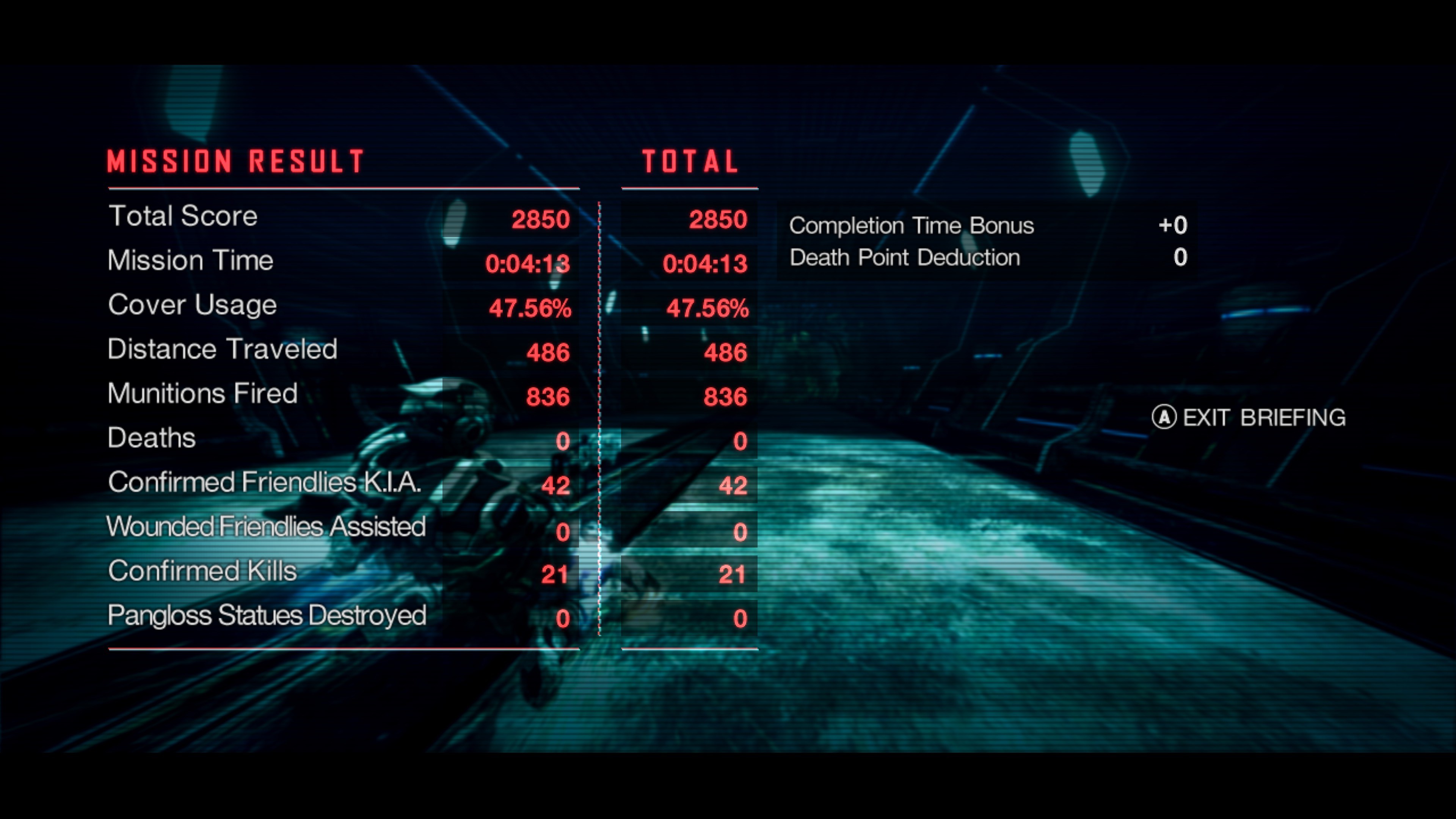
These games don’t punish you for these numbers, instead they just tell you what they are. Players that don’t care for constant grading can just nod and move on, while others might see them as a challenge and try to beat Vanquish without taking cover. The downside being that without a shiny goalpost, a lot of players might not seek to improve.

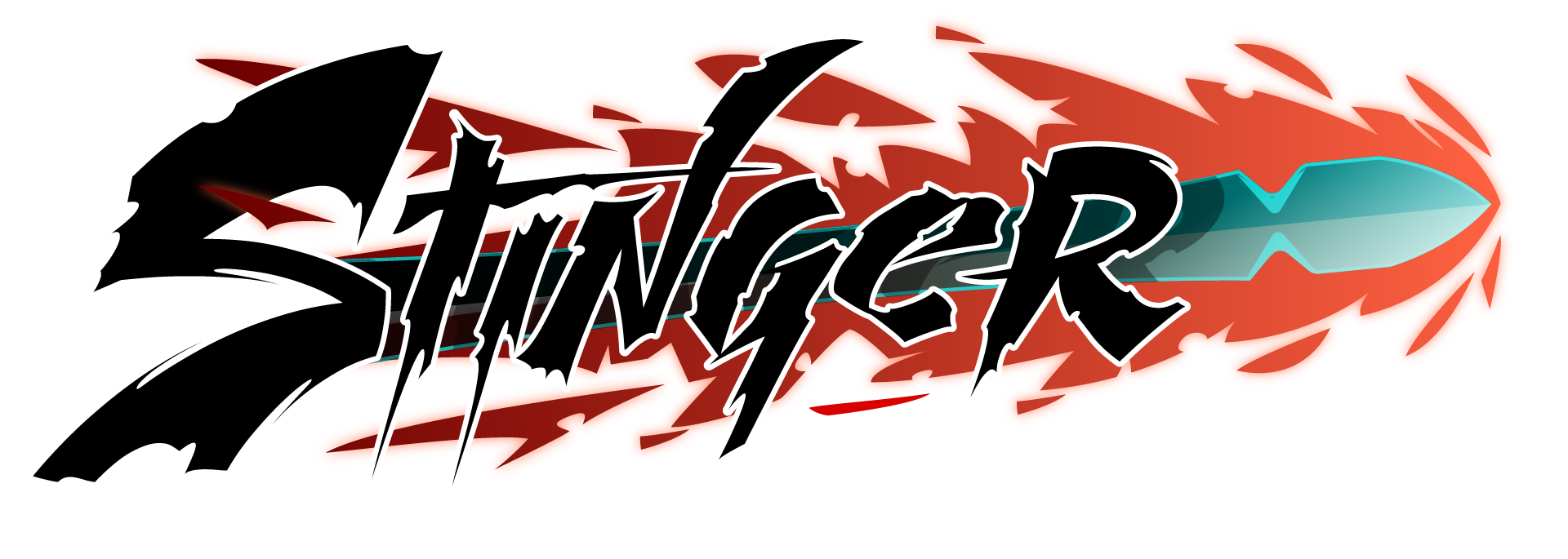
Fantastic article. Thanks!
Am I the only person who gets excited when I get to the end of a new game, only to be hit with an F rank? The thing is, I would be incredibly disappointed if I got to the end of a game that I’m playing for the first time, only to find that I have the highest rank in the game. THAT’s demotivating, to me. You shouldn’t be a master at a game as soon as your hands land on the controller, because where do you go from there? It’s not an insult to get bad ranks on your first try. Nobody complains when they go over par when playing Golf for the first time, so why is this entitled attitude OK in video games? Why isn’t it shunned more? Because the way I see it, it should be. It’s ugly, and it’s counter to what games are all about. Your idea of using ranks B, A, S, SS, SSS rather than E, D, C, B, A, S is a fantastic compromise, though. Again, thanks for this article, I enjoyed it a ton! 🙂
Cheers Swinny, happy to know you enjoyed the article so much!
Yeah, the whole ranking thing at the end also plays into the type of person. One sees an F-rank as a challenge to improve, the other as a demotivator after a hard day at the office. Think it just depends on the person, same with what target-audience a game has. Personally I think that making ranking systems optional would go a long way. Really wish this element would get a bigger focus in gamedesign, really feels that in most games they are slapped on without much thought.
What ranking system do you personally like the most :)?
I suppose I like the ranking system in Bayonetta 1 the most, mainly because the Pure Platinum rank rewards you for playing perfectly. I personally refuse to abuse the checkpoint system, so it’s not like I’m actually good enough at the game to PP most missions, haha. I just like having that goal, even if I can’t achieve it. It is motivation for me. Also, in Bayo, once you have finished a mission, it’ll ask you if you want to overwrite your old score with your new score, right? Each time I play through the game, I overwrite my old ranks with my new ranks, no matter how good or bad they are, so that at the end of a playthrough I can look back on all missions and see how well I actually did. I really enjoy this aspect of Bayonetta and I’m pretty sure that most other games don’t allow you to overwrite your old scores like this. It sounds like such a small thing, but I see enormous value in it. I also enjoy how I feel like I actually earned each rank in Bayonetta. This is a big deal, because in DMC V, I really don’t think that I earned 70-90% of my S Ranks on my first playthrough, so it just came across as cheap praise. I like to feel like I’ve earned it, otherwise there’s no point, to me.
You’re doing us all a service with this website. Thank you!!!
I think that’s a really mature mindset Swinny, seriously. There are a lot of players out there that wouldn’t play as honorable as you, so you should be commended for it I feel! Bayonetta without checkpoint abuse can be grueling to get a high rank on, even the best of the best would struggle.
Think that notion of overwriting is something worth mentioning perhaps, never actually gave it much thought as most – if not all – games by default overwrite your score with whichever score is highest.
Really appreciate the kind words at the end by the way, seriously. Means a lot that people enjoy this site so much! Spread the word I’d say!